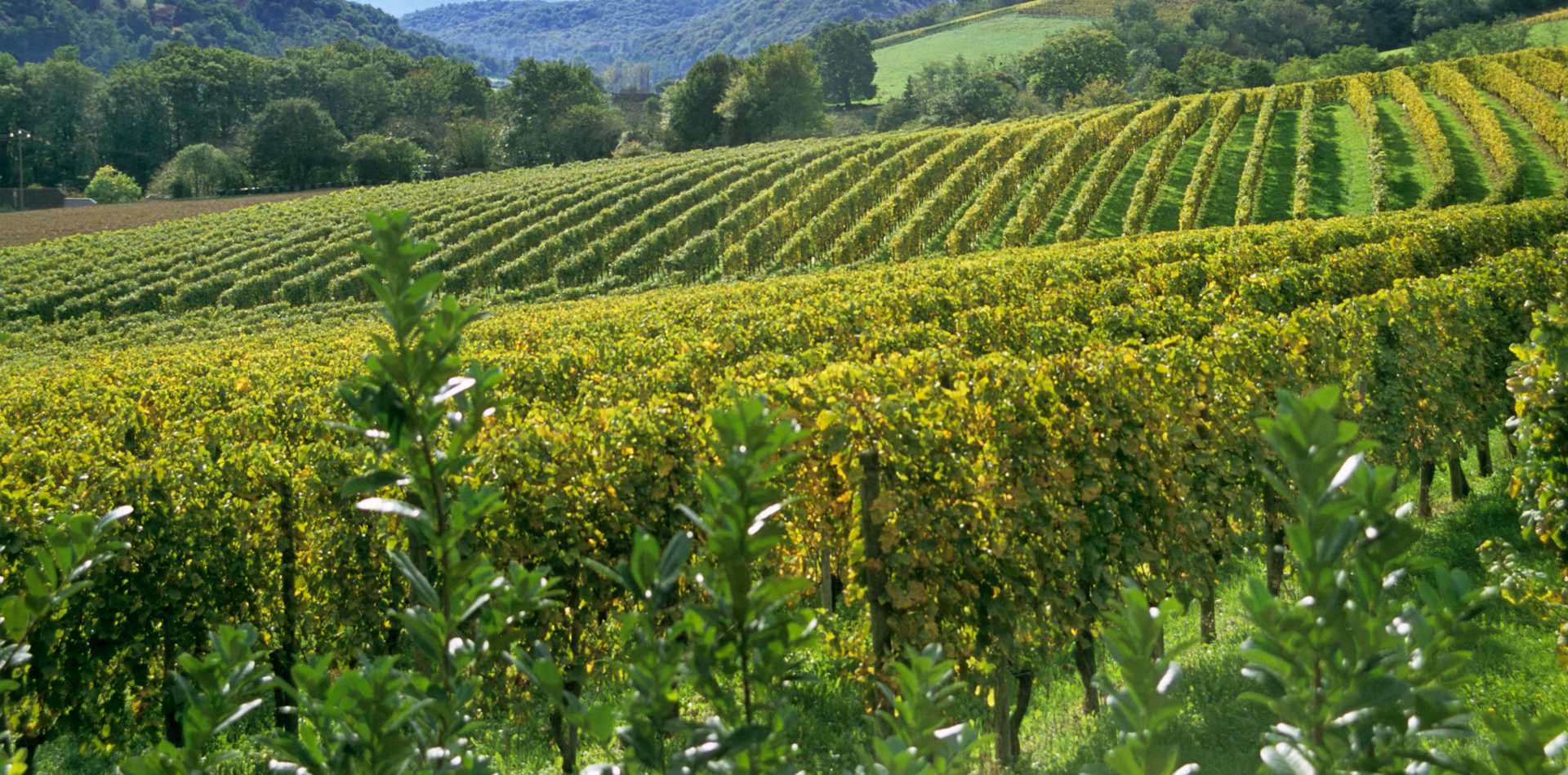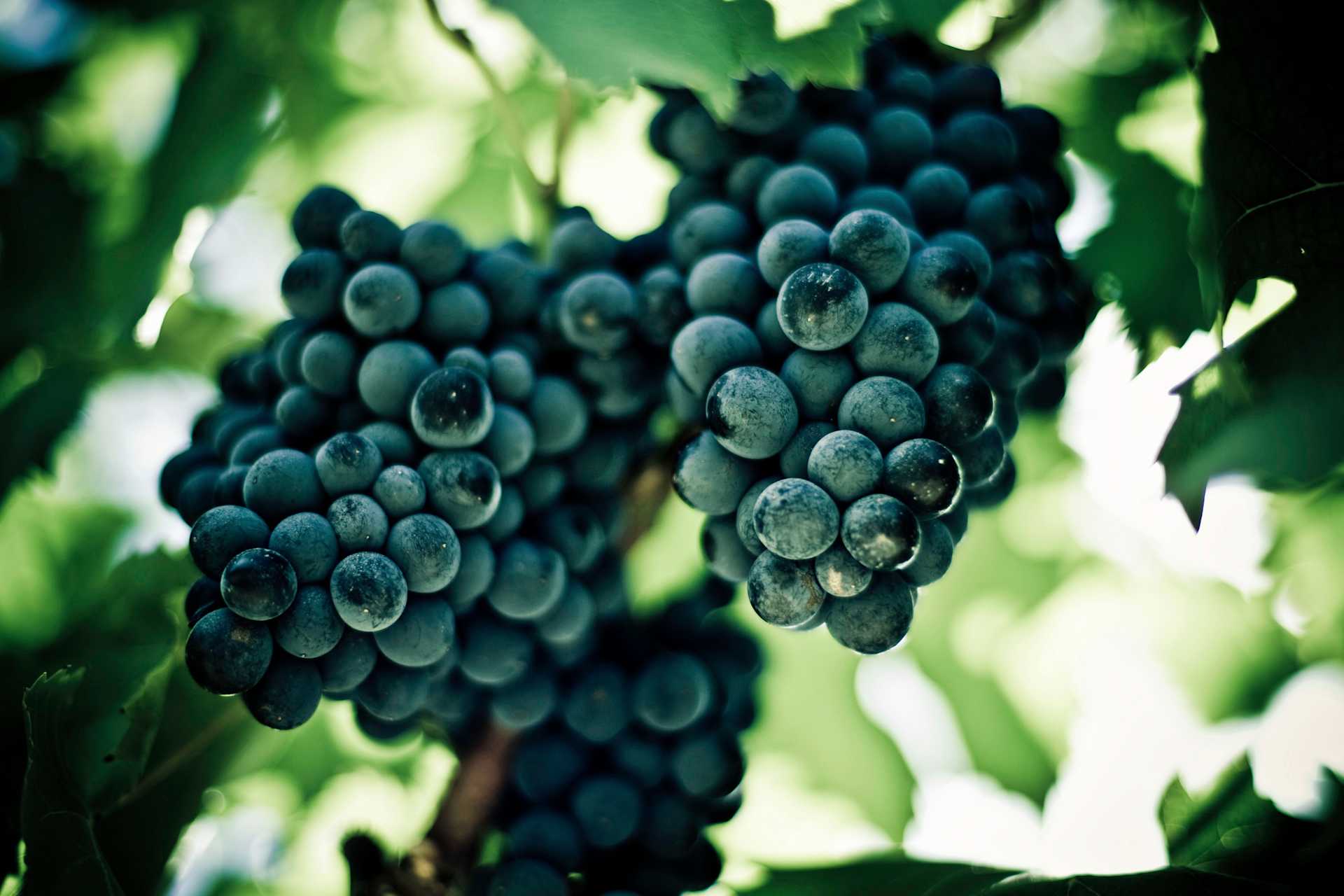Chateau de Beaucastel Hommage Jacques Perrin Chateauneuf-du-Pape 2016
-
James
Suckling -
Jeb
Dunnuck -
Robert
Parker - Decanter
-
Wine
Spectator



Product Details
Your Rating
Somm Note
Winemaker Notes
The nose is gorgeous with red fruits (blackberries, redcurrants), figs, black pepper and spices. The mouth is round and lush with a lot of flesh and intensity, backed by a great graphite spine. It displays aromas of blue fruits, porcini mushrooms, black truffles and mourvedre meaty components.
Professional Ratings
-
James Suckling
6 Jul, 2018 – A more savory, moody, strong expression. Deeply rich nose with minerals, flowers, wild herbs, tar, toasted spices and pepper. The dark berries have a smoky edge. Minerally edge, too, thanks to the 60 per cent mourvèdre. The palate has glossy, ripe and super-fine tannins in sheets. Deep-set, dark plums and blueberries in the finish. Noble tannins. Age-worthy.
-
Jeb Dunnuck
The flagship is the 2016 Châteauneuf-du-Pape Hommage A Jacques Perrin, 75% Mourvèdre and 10% Syrah, 10% Grenache, and the rest Counoise, brought up all in foudre. Blueberries, Peking duck, new saddle leather, black cherries, scorched earth, and an incredible sense of minerality all flow to a massive, concentrated, pure, perfectly balanced 2016 that is a prime example of the old saying, “an iron fist in a velvet glove.” It's a heavenly, perfect wine that's going to live for 30-50 years.
-
Robert Parker's Wine Advocate
Tasted three weeks after bottling, I couldn't quite bring myself to give the elusive three-digit score to this admittedly super wine. Perhaps once the 2016 Chateauneuf du Pape Hommage à Jacques Perrin has been in bottle a bit longer, as Mourvèdre seems to go into a bit of a funk when recently bottled. For now, it's merely profound, packing in savory, mossy nuances, hints of exotic dried spices like star anise and cardamom and layers of rich, plummy fruit that manage to be full-bodied and deliciously intense without being weighty or overwrought. Creamy, lush, intense and long, it's a tdf (tour de force) in CdP.
Rating: 99+?
-
Decanter
A tasting of the Courrieux vineyard, a single parcel of Mourvèdre planted in 1909 that always makes up around 70% of the blend. It's a wine that makes you inhale deeply. It has a wonderful, regal, stunning nose of violets, blueberries, and blackcurrant almost. It's seamless on the palate, with some camphor, menthol and rosemary notes to the fruit. There's sublime freshness, and the tannins are full and dense but very ripe. A mouth-filling, mouth coating and very intense wine, with a saline finish. Potentially worthy of a perfect score. Drinking Window 2027 - 2050
-
Wine Spectator
This delivers a torrent of lively raspberry pâte de fruit and plum reduction notes, infused liberally with anise, fruitcake and black tea nuances. Ripe and dense, yet lively, defined and fresh in feel, coursing over graphite and leather accents on the well-structured finish. Best from 2021 through 2045.
Other Vintages
2020-
Robert
Parker -
James
Suckling - Decanter
-
Wine
Spectator
-
Robert
Parker -
Jeb
Dunnuck -
Wine
Spectator -
James
Suckling - Decanter
-
Robert
Parker -
Jeb
Dunnuck -
Wine
Spectator -
James
Suckling
-
Jeb
Dunnuck -
Wine
Spectator -
Robert
Parker
-
Jeb
Dunnuck - Decanter
-
Robert
Parker
-
James
Suckling -
Robert
Parker
-
Robert
Parker -
Wine
Spectator
-
Robert
Parker
-
Robert
Parker
-
Robert
Parker -
Wine
Spectator - Decanter
-
Robert
Parker -
Wine
Spectator
-
Robert
Parker -
Wine
Spectator
-
Wine
Spectator -
Jeb
Dunnuck -
Robert
Parker - Decanter
-
Wine
Spectator -
Jeb
Dunnuck - Decanter
- Decanter
-
Jeb
Dunnuck -
Robert
Parker -
Wine
Spectator -
Wine &
Spirits
-
Jeb
Dunnuck -
Robert
Parker -
Wine
Spectator - Decanter
- Vinous
-
Robert
Parker -
Jeb
Dunnuck -
Wine
Spectator
-
Robert
Parker




The first evidence of Château de Beaucastel as it exists today is in the sixteenth century. In 1909, Pierre Traminer bought the estate and then transferred it to his son-in-law Pierre Perrin, a scientist who further developed Beaucastel. His son, Jacques, continued his father’s efforts until 1978 and today, the torch is carried by Jacques’ sons, Jean-Pierre and François. They are joined by the fifth generation of Perrins—Marc, Pierre, Thomas, Cécile, Charles, Matthieu, and César.
The vineyards of Château de Beaucastel are located on historic land where each of the 13 approved grapes varietals of the Châteauneuf-du-Pape appellation are planted. The art of blending these 13 grapes has been passed down from one generation to the next. Beaucastel is, first of all, a family story, the story of Famille Perrin. Their main strength is being able to blend the talents of each family member to run the wine estate under common values: absolute respect for land and terroir; biodynamic culture as a philosophy of life; and the research of truth, balance, and elegance.

With bold fruit flavors and accents of sweet spice, Grenache, Syrah and Mourvèdre form the base of the classic Rhône Red Blend, while Carignan, Cinsault and Counoise often come in to play. Though they originated from France’s southern Rhône Valley, with some creative interpretation, Rhône blends have also become popular in other countries. Somm Secret—Putting their own local spin on the Rhône Red Blend, those from Priorat often include Merlot and Cabernet Sauvignon. In California, it is not uncommon to see Petite Sirah make an appearance.

Famous for its full-bodied, seductive and spicy reds with flavor and aroma characteristics reminiscent of black cherry, baked raspberry, garrigue, olive tapenade, lavender and baking spice, Châteauneuf-du-Pape is the leading sub-appellation of the southern Rhône River Valley. Large pebbles resembling river rocks, called "galets" in French, dominate most of the terrain. The stones hold heat and reflect it back up to the low-lying gobelet-trained vines. Though the galets are typical, they are not prominent in every vineyard. Chateau Rayas is the most obvious deviation with very sandy soil.
According to law, eighteen grape varieties are allowed in Châteauneuf-du-Pape and most wines are blends of some mix of these. For reds, Grenache is the star player with Mourvedre and Syrah coming typically second. Others used include Cinsault, Counoise and occasionally Muscardin, Vaccarèse, Picquepoul Noir and Terret Noir.
Only about 6-7% of wine from Châteauneuf-du-Pape is white wine. Blends and single-varietal bottlings are typically based on the soft and floral Grenache Blanc but Clairette, Bourboulenc and Roussanne are grown with some significance.
The wine of Chateauneuf-du-Pape takes its name from the relocation of the papal court to Avignon. The lore says that after moving in 1309, Pope Clément V (after whom Chateau Pape-Clément in Pessac-Léognan is named) ordered that vines were planted. But it was actually his successor, John XXII, who established the vineyards. The name however, Chateauneuf-du-Pape, translated as "the pope's new castle," didn’t really stick until the 19th century.
